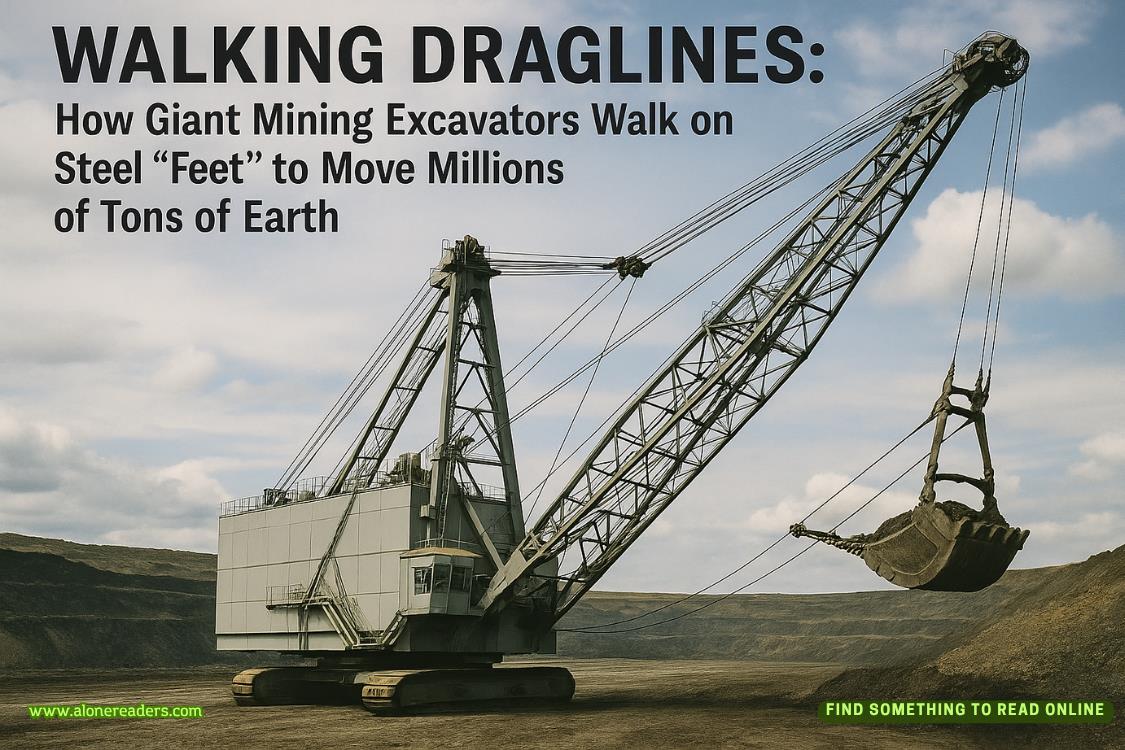Page 54 of Project Hail Mary
SECOND CONFIRMATION: TYPE “Y-E-S” TO ENTER MANUAL CONTROL MODE.
I groan and type Y-E-S.
The panel finally takes me to the Manual Control screen. It’s a bit scary. Not because it’s complex, but because it’s so simple.
There are three sliders labeled “Drive 1,” “Drive 2,” and “Drive 3,” each presently at zero. The top of each slider is labeled “107N.” The N must mean “Newtons”—a unit of force. I guess if I threw all three drives to maximum, it would give me 30 million Newtons. That’s about sixty times the thrust a jumbo jet’s engines produce during takeoff.
Science teachers know a lot of random facts.
There are a bunch more little sliders. In groups labeled “Yaw,” “Pitch,” and “Roll.” There must be little spin drives on the sides of the ship to adjust its orientation. I can definitely see why it’s a bad idea to mess with this panel. One screw-up and I’ll put the ship into a spin that tears it apart.
But at least they thought of that. There’s a button in the middle of the screen labeled “Zero All Rotation.” Good.
I check the Petrovascope again. Blip-A hasn’t moved. It’s on my port side, and slightly forward.
I flick the Petrovascope back to Petrova-frequency mode, and the screen turns mostly black. As before, I can see the Petrova line in the background, occluded by Blip-A.
“Let’s see if you have anything to say…” I mumble. Spin drive 2 is in the center of the ship. Its thrust will be along my central axis and hopefully won’t introduce attitude change. We’ll see.
I set it to 0.1% power for one second, then back to 0.
Even with just one engine, at one one-thousandth power, for one second, the ship drifts a bit. The “Velocity” value for Blip-A on the Radar panel shows 0.086 m/s. That tiny thrust set my ship moving about 8 centimeters per second.
But I don’t care about that. I care about the other ship.
I watch the Petrovascope. A bead of sweat separates from my forehead and floats away. I feel like my heart is going to beat out of my chest.
Then, the rear of the ship lights up in the Petrova frequency for one second. Just like I did.
“Wow!”
I flick the drive on and off several times: three short bursts, a long one, and one more short one. There’s no message there. I just want to see what they do with it.
They were more prepared this time. Within seconds, the other ship repeats the pattern.
I gasp. And I smile. Then I wince. Then I smile again. This is a lot to take in.
That was too fast for any probe to respond. If it had remote control or something, the controllers would have to be at least a few light-minutes away—there’s just nothing around here that could be housing them.
There is an intelligent life-form aboard that ship. I am about 200 meters away from an honest-to-God alien!
I mean…my ship is powered by aliens. But this new one is intelligent!
Oh my gosh! This is it! First Contact! I’m the guy! I’m the guy who meets aliens for the first time!
TheBlip-A(that’s what I’m calling their ship for now) fires up its engines again briefly. I watch closely to memorize the sequence, but it’s just a single low-intensity light. They’re not signaling. They’re maneuvering.
I check the Radar panel. Sure enough, theBlip-Abrings itself alongside theHail Maryand holds position at 217 meters.
I flick through the Scientific panel to bring the normal telescopic cameras back up. The Petrovascope’s normal-light camera is just to orient things for the main scope itself. The telescope has much better resolution and clarity. I guess I’m too excited to think clearly because it took me until now to think of it.
The image is far clearer through the main telescope. I guess it’s just an insanely high-resolution camera, because I can still zoom in and out with no loss of clarity. I have a very good view of theBlip-Anow.
The ship’s hull is a mottled gray and tan. The pattern seems random and smooth, like someone started mixing paint but stopped way too early.
I spot motion in the corner of the screen. An irregular-shaped object slides along a track in the hull. It’s a stalk sticking up with five articulated “arms” coming out of the top. Each arm has a clamp-like “hand” on the end.
It’s only now that I notice a network of the tracks all along the hull.















